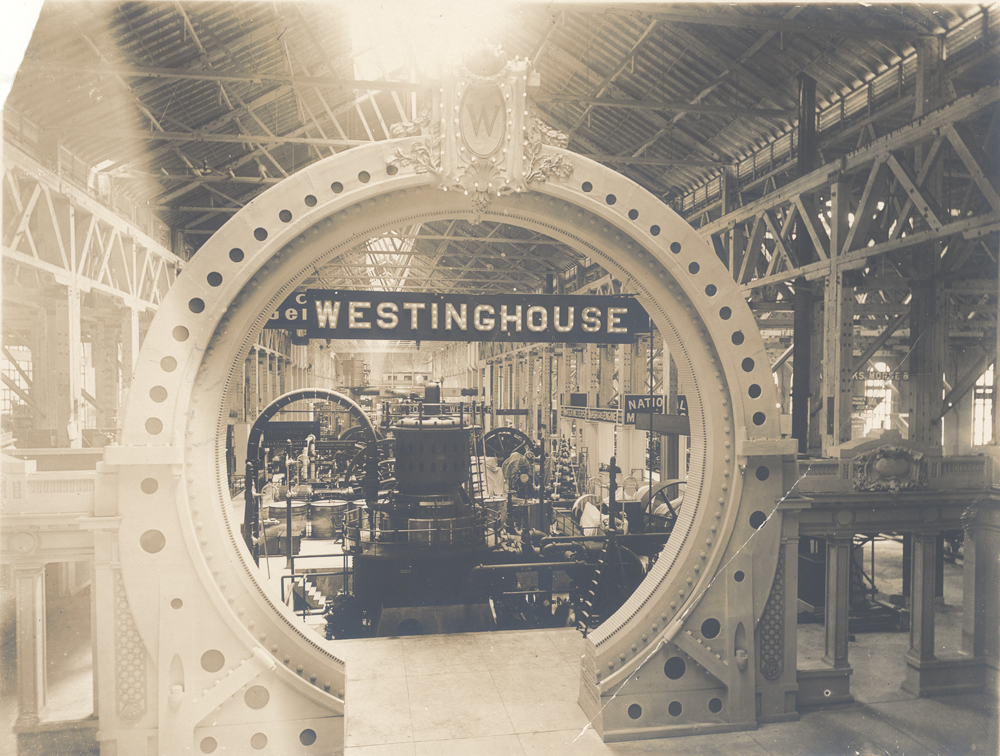Westinghouse Electric Company filed for bankruptcy

On March 29, 2017, Westinghouse Electric Company ( WEC ), a subsidiary of Toshiba Japan, filed for bankruptcy. In a statement, the company said it had lost money on construction projects in South Carolina and Georgia, although it stated that nuclear fuel and plant maintenance operations are still quite profitable.
The reason for the incident was the cost overruns and the delay in the construction of nuclear power plants, which included Generation III + APP1000 reactors with a simplified design and safety equipment, which should simplify and cheapen the installation, operation and maintenance. The new design also had to make the reactor more resistant to earthquakes, plane crashes and power outages.
')
Both projects — in South Carolina and Georgia — have been overdue by almost three years and cost between $ 1 billion and $ 1.3 billion. This is much more than expected. These projects include the construction of Alvin W.Vogtle generating stations in Georgia and Southgate Gas & Electric's Virgil C. Summer installation in Jenkinsville, South Carolina.
The New York Times connects protracted terms and cost overruns with contractors' inexperience, as well as how few new nuclear power plants have been built in previous decades. At the same time, the responsibility for deadlines lies not only with Westinghouse: while Toshiba’s subsidiary was responsible for the design of the reactor, S & W was responsible for on-site construction. This is stated in the Westinghouse court documentation.
Delays were inevitable: Westinghouse claims that safety rules were adopted to prevent terrorist attacks on nuclear reactors, which forced the company to re-plan and re-license both power plants, creating additional unforeseen engineering problems that led to increased costs and delays in construction.
To resolve existing and potential litigation issues, Westinghouse was considering the possibility of acquiring S & W. The Westinghouse Electric Company believed that such an acquisition would allow the parties to reorient projects and increase the likelihood of success. However, errors in construction are no longer correct.
According to the company's press release , WEC took out a loan of $ 800 million from several companies, including CitiGroup, to support itself in the bankruptcy and restructuring of the company.
It is unclear how the construction of both facilities will continue, but the chairman of the Georgia Public Service Commission said that if Westinghouse decides to re-certify the project, the commission will have to weigh this request on systems using natural gas or renewable energy.
New nuclear reactors have not been built in the United States since 1979. Opponents of the nuclear power industry say that the explosion at the Chernobyl nuclear power plant in 1986 and the problems associated with waste disposal clearly illustrate the danger of nuclear power for the environment. However, in other countries, nuclear power has never lost the support of governments that see it as a reliable source of energy.
In 1999, the nuclear business of Westinghouse was bought by British Nuclear for $ 1.1 billion. The sale turned what was once called Westinghouse Electric Corporation into a media conglomerate.
Ten years ago, the Japanese giant Toshiba dreamed of a big global expansion. To do this, the company acquired Westinghouse Electric Company for $ 5.4 billion and planned to install 45 new nuclear reactors around the world by 2030.
Analysts believe that the current problems of Westinghouse reduce the influence of Japan on nuclear energy. Before submitting the application, Toshiba, in essence, removed Westinghouse from the business of building nuclear power plants. Instead, Westinghouse will focus on maintaining existing reactors — a more reliable and profitable business — and developing reactor design.
Thus, Toshiba has expanded the club of companies that have taken off the overwhelming and expensive task of building new nuclear reactors. Thus, General Electric, a pioneer in this area, turned down its new projects, expressing doubts about their economic efficiency. The French construction company Areva is mired in losses and is undergoing large-scale restructuring.
To get ahead of the Japanese in the desire for global expansion, except perhaps for China, which has some ambitions to supply its growing nuclear and technical capabilities for export.
Cutting the industry is a challenge for the future of nuclear power, as well as plans for the revival of Toshiba. Company executives said they would like to sell all or part of Westinghouse to a competitor, but when you consider the constantly shrinking list of potential buyers, combined with Westinghouse’s financial disaster history, this is a difficult task.
According to Toshiba, the net loss, taking into account the cost of Westinghouse itself, will be 9.9 billion dollars for the current fiscal year. Bankruptcy will make it difficult to collect debts from the company to Westinghouse’s business partners, the American energy companies for which they built reactors.
Source: https://habr.com/ru/post/370331/
All Articles